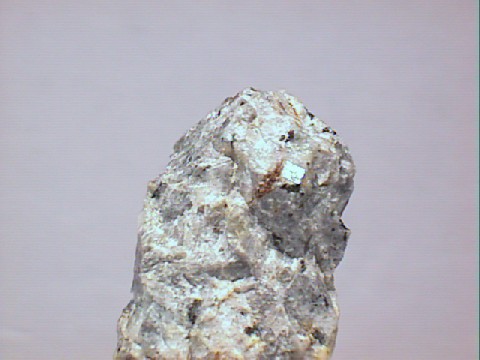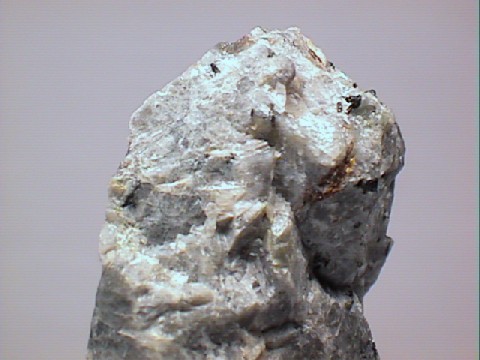 The Mineral KTENASITE
The Mineral KTENASITE
- Chemistry: (Cu, Zn)5(SO4)2(OH)6 -
6H2O, Hydrated Copper Zinc Sulfate Hydroxide.
- Class: Sulfates.
- Uses: As a very minor ore of copper and zinc and as mineral specimens.
- Specimens
Ktenasite is a rare mineral from the classic mineral site at
Laurium, Attiki, Greece.
Ktenasite is a colorful mineral.
It is often associated with other colorful minerals such as
serpierite,
glaucocerinite and
smithsonite.
Ktenasite forms crusts of lovely blue-green aggregates and tiny crystal rosettes adorning other minerals.
Ktenasite forms as the result of the oxidation of copper and zinc sulfide minerals.
PHYSICAL CHARACTERISTICS:
- Color is blue-green to green.
- Luster is vitreous.
- Transparency: Specimens are translucent to transparent.
- Crystal System is monoclinic.
- Crystal Habits include small tabular crystals that can form rosettes and encrusting masses.
- Cleavage is poor but discernible.
- Fracture is uneven.
- Hardness is 2 - 2.5
- Specific Gravity is approximately 2.9 - 3.0 (average for non-metallic minerals).
- Streak is pale green.
- Associated Minerals include
serpierite,
glaucocerinite,
smithsonite,
pyrite,
chalcopyrite and
gypsum.
- Notable Occurrences include the Kamaresa Mine,
Laurium, Attiki, Greece; Norway and in the USA at sites in Colorado as well as at Bisbee and the 79 Mine of
Arizona.
- Best Field Indicators are crystal habit, color, associations and locality.
 The Mineral KTENASITE
The Mineral KTENASITE


